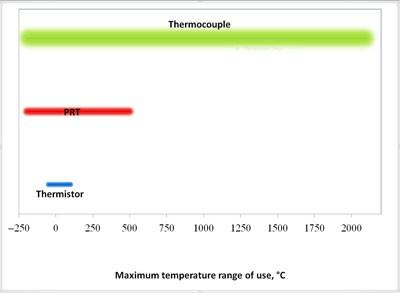Mercury Thermometer Alternatives: Advantages of Changing
The most immediate advantage gained by replacing Hg thermometers is residential and workplace safety. Mercury is a potent neurotoxin, with poisoning symptoms that include tremors, emotional changes, insomnia, neuromuscular changes, performance deficits on tests of cognitive function, and – in particularly acute cases -- kidney failure, respiratory failure, and death.

A related advantage is avoiding the cost of remediation. A broken mercury household fever thermometer is relatively inexpensive to handle, though complicated and demanding for the average citizen. But cleaning up a commercial or industrial mercury-thermometer spill can easily entail expenditures of $5,000 to $20,000, not counting lost work time, and costs can be far higher. Mercury spreads with surprising speed and can form extremely small, easily concealed droplets, enlarging both the necessary search area and the time required to track down tiny quantities. See the EPA guidance on releases and spills and other resources for information.
Digital technology offers many other benefits for commercial and industrial users, including fast equilibration and response times (often less than 1 second) as well as expanded temperature range. It also permits a wider variety of data recording, display, and storage options than is possible with most traditional Hg thermometers. Digital data can be conveniently (even automatically) recorded in electronic form, and displayed in any desired format on a computer. Readings from multiple units can be shown side-by-side simultaneously, or compared over time with minimal effort. And for many units, wireless data transmission is possible. NIST calibrates digital thermometers from -196 °C to 550 °C.
In addition, digital thermometers are adaptable to a wide variety of measurement environments and offer a considerable range of choice in probe designs, sizes and configurations to accommodate different tasks. Within appropriate tolerance bands, changing the probe does not typically require any recalibration or adjustment of the thermometer.
Finally, digital thermometers comply with the standards and practices of the Committee on Temperature Measurement of ASTM International, a world leader in the development and delivery of international voluntary consensus standards.
Contacts
-
Questions about Mercury Thermometer Alternatives?

